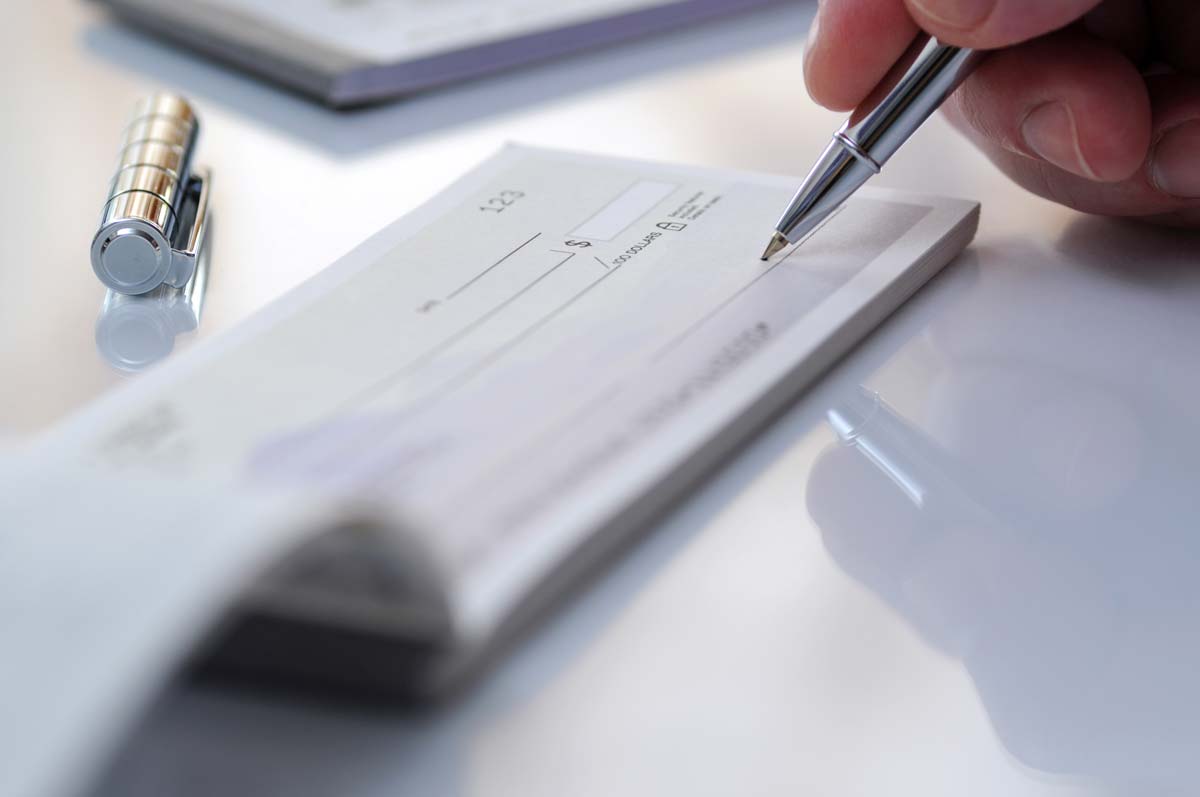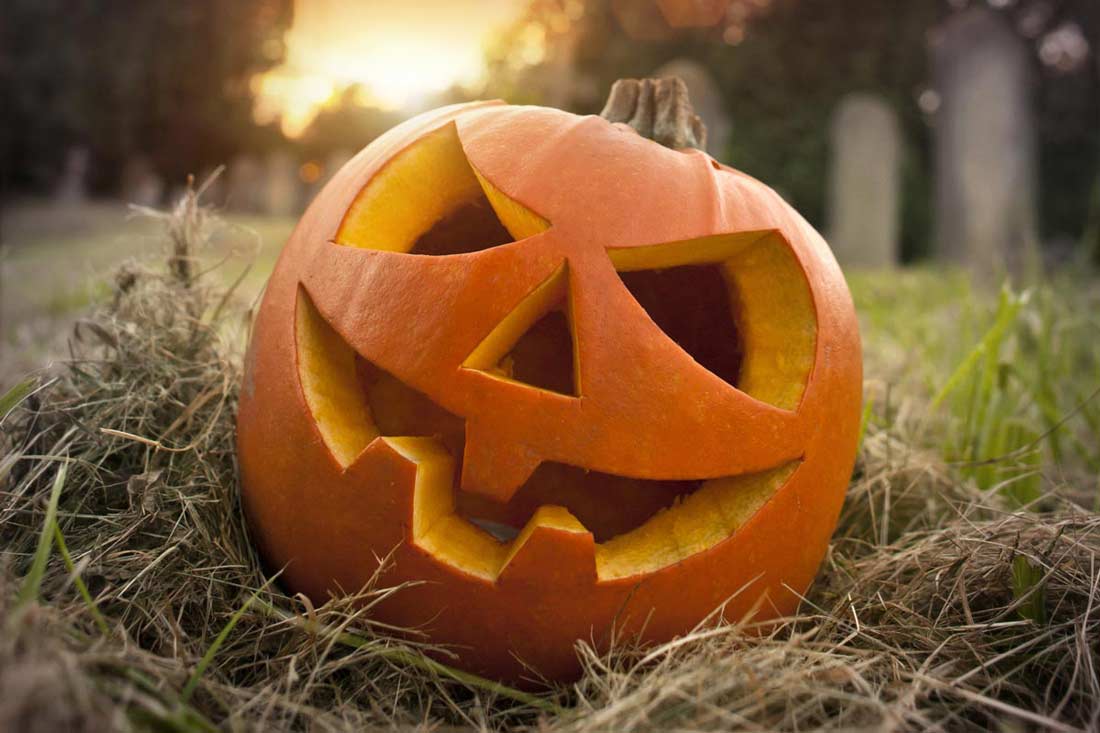In early September, the Better Business Bureau (BBB) released a report warning about a spike in fake check scams across the country. While these scams are not new, their occurrence rate has doubled over the last three years and is up 12% from 2017.
The BBB further announced that billions of dollars in fake checks circulate each year, and that the number of victims this scam snares annually is close to 500,000. The amount of money lost from these scams is just as staggering: The FTC reported losses of approximately $40 million from fake check scams in just one year.
Perhaps the most alarming aspect of this scam is the fact that the largest pool of its victims falls between the ages of 20 and 29 – a segment of the population that is far more familiar with electronic payment methods, like PayPal and Venmo, than with the archaic paper check. This makes them easy victims for the scam.
Aside from ordinary paper checks, this scam can also be pulled off with cashier’s checks and money orders. Regardless of the medium, each of these scams involves a scammer “overpaying” a victim and requesting the check be cashed with the difference being deposited into a designated account belonging to the scammer. Steve Baker, an investigator with the BBB, cautions: “What they all have in common is that the check is counterfeit, and just because the money is credited to your account does not mean the check is good.”
Here are the most common variations of the fake check scam:
- “Buyers” send sellers a check written out for more than the asking price of an object sold on an online marketplace, such as Craigslist.
- Lottery “winners” are rewarded with an inflated prize and given instructions to pay back a part of the check to cover taxes or fees.
- “Employees” are granted checks for supplies, with instructions to wire back a part of it to the “company.”
In each case, the fake check or money order seems to clear in the bank or credit union. It is only a few days later, when the victim’s payout to the scammer is deposited and the account does not have sufficient funds to cover it, that the scam becomes clear.
The BBB warns that this scam can be hard to spot, especially for millennials who may not be familiar with paper checks. To that end, learning what to look for to determine a check’s authenticity is the public’s best weapon against this scam.
Wondering if a check is a fake? Hold it up to this checklist:
- Is the check’s paper stock weak and flimsy?
- Check the company’s name and address. Are they spelled correctly?
- Every check will have an identification number printed toward its top and again at the bottom. Verify that these numbers match up.
- If you’re allegedly holding a lottery-winning check in your hands, the check should be written out from a state lottery commission. If it’s made out by a random company, it’s bogus.
- Look for the special ink required for the Magnetic Ink Character Recognition (MICR) code that’s at the bottom of the check.
- The check should have a routing number from its bank. You can Google the bank to find out if the routing number is genuine.
If you come across any of the following transactions, run the other way and don’t look back:
- You’re asked to wire money to a company you’re not familiar with.
- You’re given a check by a “buyer” that is made out for more than the item’s sale price.
- You’re given a check from a foreign bank you’ve never heard of.
- You’re asked to pay a fee to claim a “prize.”
Now that you know how to spot a fake check and which kind of transactions to avoid at all cost, those scammers don’t stand a chance! If you do have any questions regarding legitimacy of checks, please contact our specialists at Wasatch Peaks.



